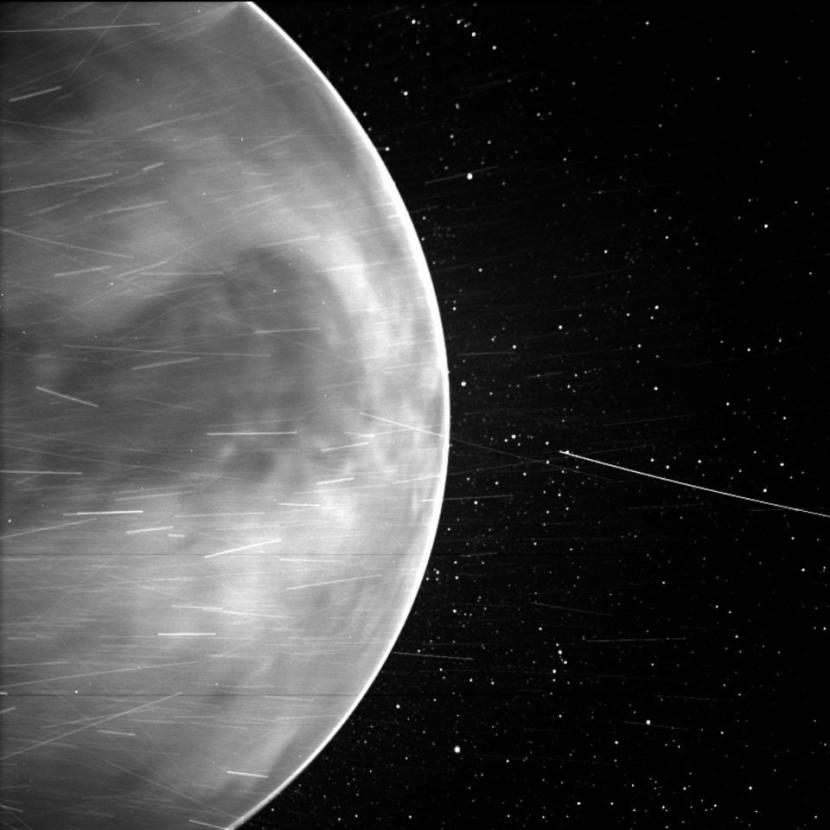The carbon dioxide content in Venus’ atmosphere is 90 times thicker than Earth’s.
REPUBLIKA.CO.ID, JAKARTA — Venus, one of Earth’s neighboring planets, is a mysterious planet. Mission to Venus not so much compared to missions to Mars, Earth’s other neighbour.
Although Venus is not the largest planet in the solar system, its proximity to Earth makes it the brightest planet in the sky. It also qualifies as the second brightest object in the night sky, after the moon.
However, in the future, scientists are planning more missions to the planet Venus, a planet often referred to as the Planet of Hell. Why is it called that?
Venus’ atmosphere contains carbon dioxide or nitrogen, 90 times thicker than Earth’s. Day or night, the surface of Venus is constantly 470 degrees C. This temperature is the hottest temperature of all the planets.
Venus has a cloud of sulfuric acid that shrouds at high altitudes. These radiation-reflecting clouds create an uncontrollable greenhouse effect and are responsible for Venus’s extraordinary temperature.
“The surface of Venus is hot enough to melt lead due to its runaway greenhouse atmosphere,” said Sue Smrekar, a scientist at NASA’s Jet Propulsion Laboratory in Pasadena, California, United States (US), in an interview with NASA. Space.
The air pressure on the surface of Venus is very extreme, which is about 90 times higher than the pressure at sea level on Earth. In other words, the pressure on Venus is about the same as the pressure on Earth about half a mile (1 km) below the sea.
The Mystery of Life on Planet Venus
Last year, scientists had discovered a substance that is thought to be a biomarker of life in the Venusian clouds. Now, a new analysis of cloud chemistry on Venus has revealed no biomarkers suggesting life-forming sulfur metabolism in the air.
read also: New Analysis Confirms No Life in the Clouds of Planet Venus


